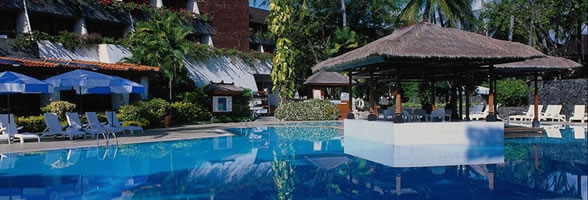
Aurangabad Caves
Aurangabad
Aurangabad Caves
 Aurangabad Caves are artificial caves, dug out of the rather soft rock during the 6th and 7th century. This caves are found on two separate locations, called Western Group Caves (caves 1-5) and Eastern Group Caves (caves 6-10), about 1km from each other. Each group has five caves. The architecture and iconography is influenced by Tantric Hinduism.
Aurangabad Caves are artificial caves, dug out of the rather soft rock during the 6th and 7th century. This caves are found on two separate locations, called Western Group Caves (caves 1-5) and Eastern Group Caves (caves 6-10), about 1km from each other. Each group has five caves. The architecture and iconography is influenced by Tantric Hinduism.
Cave four of the Western Group Caves is the oldest cave. It is a Hinayana Chaitya with a ridged roof like the Karla Cave near Lonavala. Hinayana (Sanskrit: Lesser Vehicle) is the more orthodox, conservative schools of Buddhism. Chaitya (Sanskrit) is the word for a funeral monument. There is a stupa in front of it, now partially collapsed.
The other four Western caves are viharas, which are an early type of Buddhist monastery consisting of an open court surrounded by open cells accessible through an entrance porch. The viharas in India were originally constructed to shelter the monks. Cave 3, the most fascinating cave of the Western Group, is supported by 12 finely carved columns. They show sculptures portraying scenes from the Jataka tales.
Cave 6 belongs to the Eastern Group Caves, and shows very well preserved sculptures of women, which are notable for their exotic hairstyles and ornamentation. There is also a large Buddha figure and an idol of Ganesh located in this cave.
Cave 7 is the most interesting of the Aurangabad caves. Most impressive are the sculptures, figures of women which are scantily clad and ornately bejewelled. They show the rise of Tantric Buddhism during this period. To the left of Cave 7 is a huge Bodhisattva praying for deliverance from the 8 dangers: fire, the sword of the enemy, chains, shipwreck, lions, snakes, mad elephant and demon (representing death).